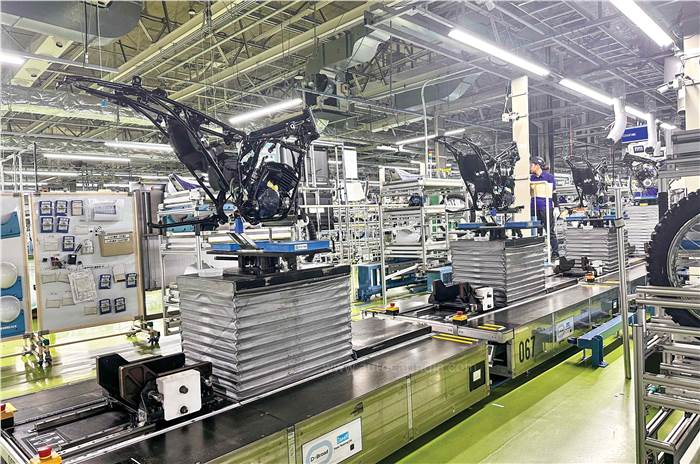Yamaha offers us a uncommon look inside its manufacturing and design processes at its dwelling base in Iwata.
2024 marks 40 years of Yamaha’s operations in India, and the corporate marked this milestone by giving us a glimpse of how its bikes are made in Japan. Like most Japanese corporations, Yamaha may be very reserved with what they let the skin world see, which is why it was such a pleasing shock that we received to see a lot.
problem-solving
Issues started with a pre-factory go to presentation the place we have been advised that the corporate was having difficulties in assembly various demand for various fashions with the way in which its manufacturing unit was geared to run. The prevailing manufacturing line setup was a batch system, and it was proving to be not possible to shortly adapt from manufacturing one mannequin to the opposite, which resulted in wasteful downtimes when switching from mannequin to mannequin. The answer they got here up with was elegantly distinctive, the place your entire meeting line was changed with automated guided autos (AGVs).
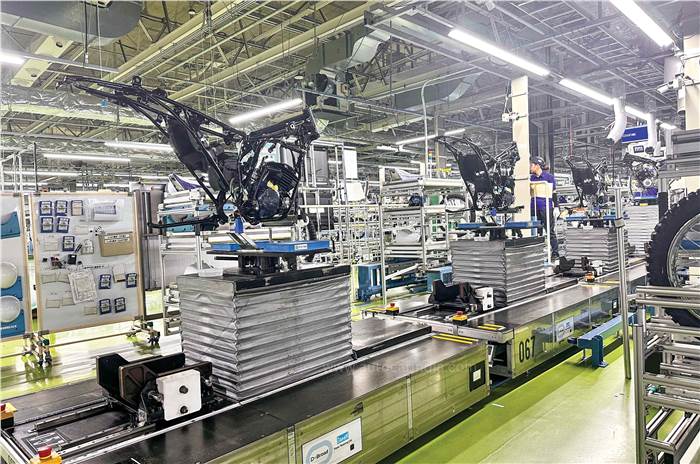
Transferring automated guided autos make up the reinvented meeting line at Yamaha’s Iwata plant.
Every AGV now carries a bike and strikes alongside what would have been the road. The AGV can modify its peak primarily based on the station it’s at and even primarily based on the peak of the employee on that station. The instruments on every AGV even mechanically change their torque settings primarily based on what bike is being assembled, which removes one other space of potential human error from the equation.

Some bikes take longer to assemble than others – for instance, a 65cc grime bike takes about half an hour, an R7 takes 70 minutes, and the FJR1300 takes the longest at two hours. To get round this, Yamaha created a system the place the AGVs would skip some sections of the meeting line when it’s carrying a less complicated bike. If the AGV is carrying a bike that may take longer to construct, it’s going to transfer to separate meeting line ‘cells’ the place the work may be carried out. With all this innovation, Yamaha is ready to construct 40 completely different fashions at this manufacturing unit, and it will probably nonetheless seamlessly transfer from mannequin to mannequin with minimal delays.
Fireplace and fury
After marveling at a bunch of AGVs silently carrying bikes in several states of meeting by means of the manufacturing unit, we then received to go to the corporate’s aluminum foundry. Yamaha is sort of distinctive within the motorcycling world in that it casts its personal aluminum components, together with the chassis and the wheels.
What we received to see was Yamaha’s distinctive wheel-forging course of, which is one other one of many firm’s improvements. As an alternative of constructing a completely cast alloy wheel, which is each time-consuming and dearer, Yamaha first casts the wheels in a traditional course of after which forges simply the edges. This occurs in a spectacularly fiery course of that they name spin-forging.
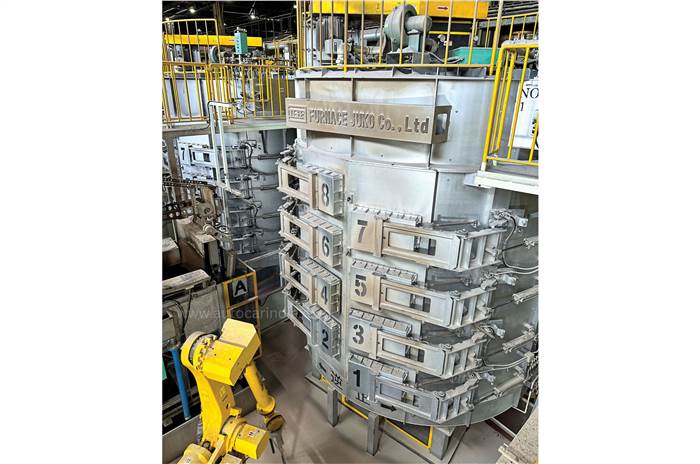
Towering ovens are used to heat-treat freshly spin-forged wheels.
As soon as the wheels are spin-forged, they bear two separate warmth therapies in big vertical ovens with particular person compartments for every wheel. Every of those gigantic ovens has 112 compartments, and one wheel comes out each two minutes. Yamaha says it makes about 700-800 wheels like this every single day. The results of all these efforts is a wheel that is lighter than a daily forged one, however it’s so cost-effective that it may be put in on even the bottom 900cc fashions.
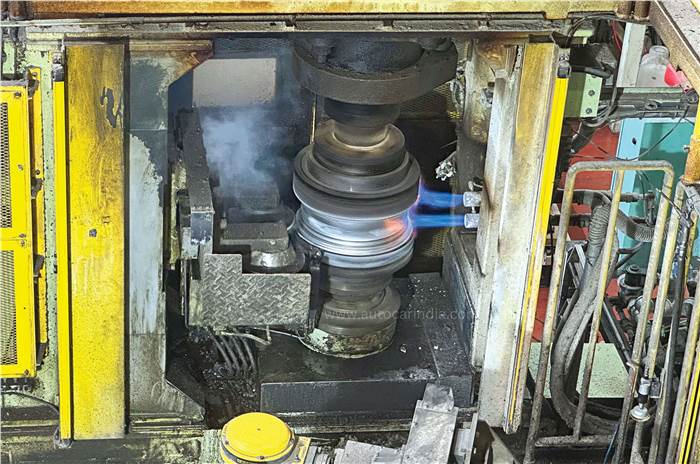
Yamaha’s distinctive spin-forging course of creates lighter wheels with out skyrocketing costs.
Whereas we did not get to see the chassis and swingarm casting sections of the foundry, we have been advised that Yamaha does each die-casting and gravity casting. The previous is a extra reasonably priced course of, and bikes just like the MT-09 use die-cast aluminum frames, that are forged in simply two items which are bolted collectively with out welds. Gravity-cast frames are used solely on supersport bikes just like the R6 and R1. In whole, the Yamaha foundry makes use of about 50 tonnes of aluminum per day.
The artistic course of
The perception into Yamaha’s motorcycle-making course of ended with an enchanting chat with Hirotoshi Noguchi, who’s the final supervisor of the Product Design division at Yamaha’s Inventive Centre. Hiro san talked to us about quite a few issues, together with the truth that designing small sportbikes just like the R15 for India may be much more difficult than designing full-sized superbikes. Prices are essential with smaller bikes, using positions are much less excessive, and the seat wants to come back down whereas the handlebars have to go up. Turning radiuses additionally should be tighter, and he defined that each one of this makes designing a handsome small sportbike all of the harder.
When the subject moved to aero in MotoGP, he did not shy from expressing his private dislike for outsized wings on bikes. However he additionally admitted that there needs to be a stability between magnificence and performance. “I do not suppose wings are lovely, but when I have been an engineer, I would suppose these wings are lovely. As a designer, I’ve to consider who I’m constructing for. If a brand new R sequence sportbike would look extra lovely with wings, I might put wings on that bike.” And certain sufficient, a few weeks after our chat, Yamaha revealed the up to date US-spec R1, which appears to be like imply even if it now has wings!
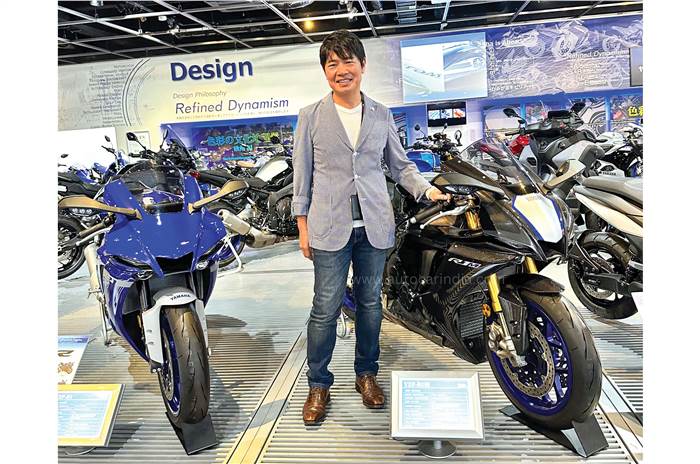
Hirotoshi Noguchi, GM of Product Design, gave fascinating insights into Yamaha’s design course of.
Hiro san ended the discuss on an optimistic be aware with regards to the way forward for bike design as a result of he believes you are able to do issues with EVs that simply aren’t attainable with inner combustion bikes.
Yamaha motor communication plaza museum
We additionally received to peek into Yamaha’s wealthy, almost 70-year-old heritage with a go to to the museum on the firm’s communication plaza. The fascinating factor right here was to see how far more the corporate has been concerned in, other than simply bikes. In in the present day’s world, Yamaha’s boats and jet skis are well-known, however there are such a lot of extra sudden stuff you’ll see on the museum, together with trikes, lawnmowers, snowmobiles, and extra.
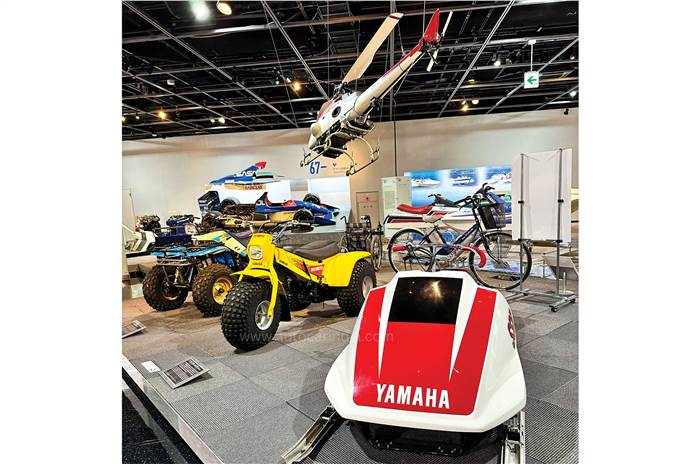
Some can also be stunned to see just a few vehicles parked there, together with a Lexus LFA and even an outdated Jordan F1 automobile from the early Nineteen Nineties.
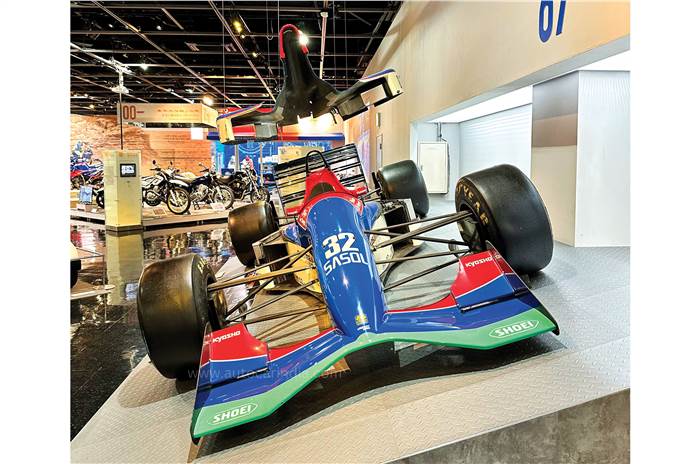
They even made F1 engines!
The vehicles have been there as a result of Yamaha both helped help with the engine tuning (LFA) or constructed the engine outright, as was the case with the three.5-litre V12 within the F1 automobile.

However past the eccentricities, the Yamaha museum is a goldmine for a racing fanatic, with a number of race bikes, which have been as soon as ridden to victory by iconic names, together with Rossi, Roberts, Lawson, and so many others.
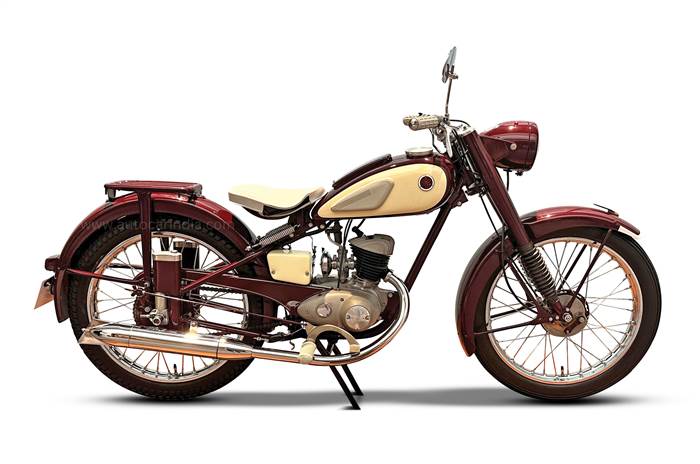
The 1955 YA-1 was Yamaha’s very first bike.
You may additionally get to marvel at a few of the earliest Yamaha bikes, together with the YA-1, which was the bike that began all of it. Enjoyable story: It seems that Yamaha has been a premium model from day one as a result of the 1955 YA-1 was priced over 10 occasions the common beginning wage of a Japanese school pupil in that period.
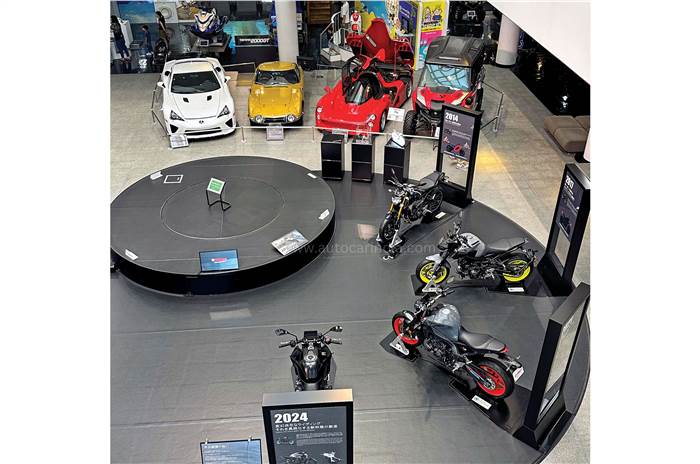
Nonetheless, the corporate nonetheless managed to promote 11,000 of them in three years, which is a pleasant reminder that persons are all the time prepared to pay further for the great issues.
Additionally See: Yamaha MT-09 overview: Normal, SP, Y-AMT ridden
Hero Karizma XMR vs Yamaha R15 V4 comparability overview: Dream catchers
Thanks for taking the time to learn this text! I hope you discovered the knowledge insightful and useful. Should you loved any such content material, please take into account subscribing to our publication or becoming a member of our group. We’d like to have you ever! Be at liberty to share this text together with your family and friends, who may additionally discover it fascinating.

Kanishk Singh has always had a keen interest in fast-paced cars. For the past three years, he has been writing about automobiles, but his fascination with cars dates back even further. He thoroughly enjoys learning about their features and expressing his thoughts through his writing. Kanishk also has a profound interest in the stock market, shares, and business strategies. He possesses a wealth of knowledge on these subjects and consistently writes articles on them. Currently, he is working as a writer for Lattestnews24, specifically focusing on the Automobile, Finance, and Business categories. His well-crafted words are highly appreciated by the readers, as they find them both informative and creative.
